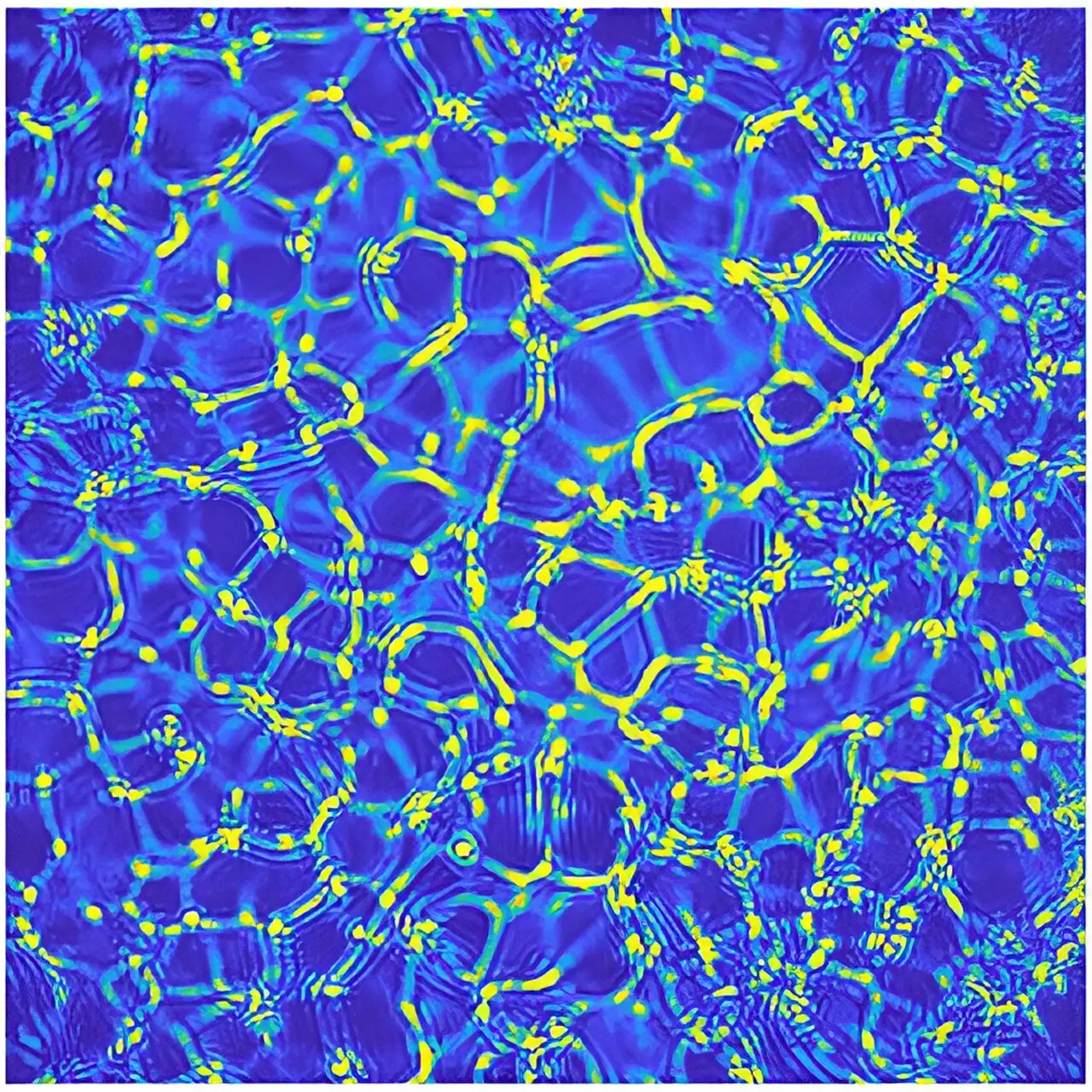Convective instability is a crucial phenomenon with significant implications across diverse fields, including meteorology, oceanography, and various engineering applications. Grounded in fluid dynamics, these instabilities arise when a system’s stable state is disrupted, leading to formations that can alter the physical and chemical properties of mixtures. The seminal work of Lord Rayleigh laid the foundational theories regarding these instabilities over a century ago. His insights not only paved the way for our understanding of the Rayleigh-Taylor instability—a scenario where a lighter fluid rises through a denser fluid—but also sparked continuous research into similar phenomena. However, a recent study sheds light on a novel convective instability, marking a noteworthy evolution in the study of fluid dynamics.
Researchers from the University of Milan have unveiled a groundbreaking discovery that adds to the existing body of knowledge surrounding convective instabilities. Unlike traditional scenarios where gravitational instability leads to lighter liquids rising through denser ones, the new research investigates a system that initially defies these expectations. In this innovative experiment, a denser liquid, specifically glycerol, resides at the bottom, while water, a lighter liquid, is placed above it. At first glance, this arrangement appears stable; however, the introduction of silica nanoparticles alters the system’s dynamics in unexpected ways.
The addition of silica nanoparticles initiates a phenomenon known as diffusiophoresis, compelling the particles to migrate upwards to reduce their interfacial energy. This movement creates localized regions of increased density in the upper water layer, which, in turn, catalyzes the emergence of hydrodynamic instabilities that were previously unanticipated. Such results showcase the complexity of fluid behaviors that extend beyond conventional expectations, opening a door to a deeper understanding of fluid interactions.
The fundamental mechanics behind this new series of instabilities were intricately modeled using coupled diffusion equations, which analyze the interactions between the nanoparticles and the glycerol. The findings revealed that this instability can be characterized and quantified through a modified Rayleigh number—an adaptation of Lord Rayleigh’s original work. The experimental setup allowed researchers to observe firsthand the striking formations that resulted from the instability induction, where arms of particle-rich colloidal structures emerged amidst regions depleted of colloids. This transformed the visual landscape of the fluid system, illustrating the vibrant and complex nature of fluid mechanics at play.
Using light irradiation techniques, distinct patterns emerged, embodying the interplay between gravity and particle distribution. This visual representation not only highlights the physical dynamics at work but also indicates the potential for further exploration into how these mechanisms can be effectively harnessed in practical applications.
The far-reaching implications of this discovery present exciting opportunities across various fields, from materials science to environmental conservation. The newfound understanding of convective instability may lead to the development of sophisticated microscopically structured materials. By manipulating the coagulation of nanoparticles within the fluid dynamics framework, researchers can craft materials with custom-designed microstructures, thus enhancing their functionality and stability.
Furthermore, the potential applications extend into industrial and ecological realms. The mechanism could act as a novel separation technique for heterogeneous mixtures, including pharmaceutical compounds and natural fluids, thereby enabling improved efficiency in industrial processes. It holds promise in addressing pressing environmental challenges, such as removing colloidal contaminants, including harmful microplastics, from aquatic systems.
Additionally, the research could radically alter how we perceive patterns in biological organisms. By explaining the colorful markings in creatures ranging from zebras to tropical fish, the study might bridge the gap between physical sciences and biological patterns, encouraging interdisciplinary exploration.
The prediction and experimental validation of a new type of convective instability mark a significant milestone in fluid dynamics research. This work builds on Lord Rayleigh’s legacy while paving the way for innovative applications that tackle complex challenges across multiple domains. The intricacies of the newly identified instability emphasize the importance of continued exploration into the behaviors of fluids, necessitating a collaborative approach across scientific communities to unlock new technological potentials and deepen our ecological understanding.

